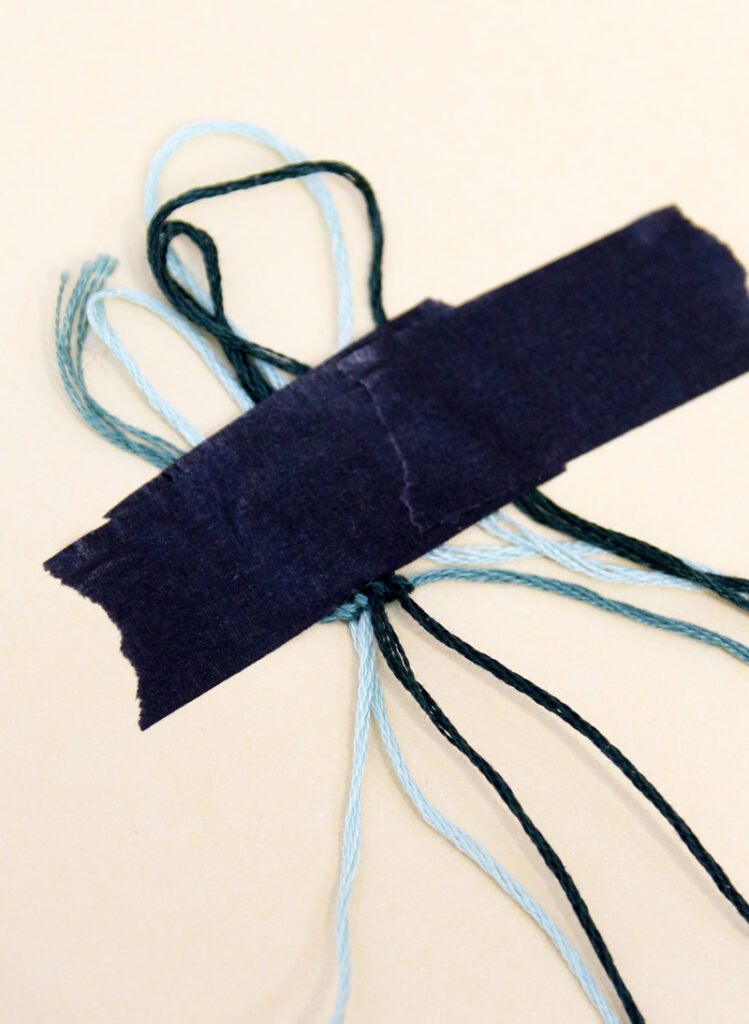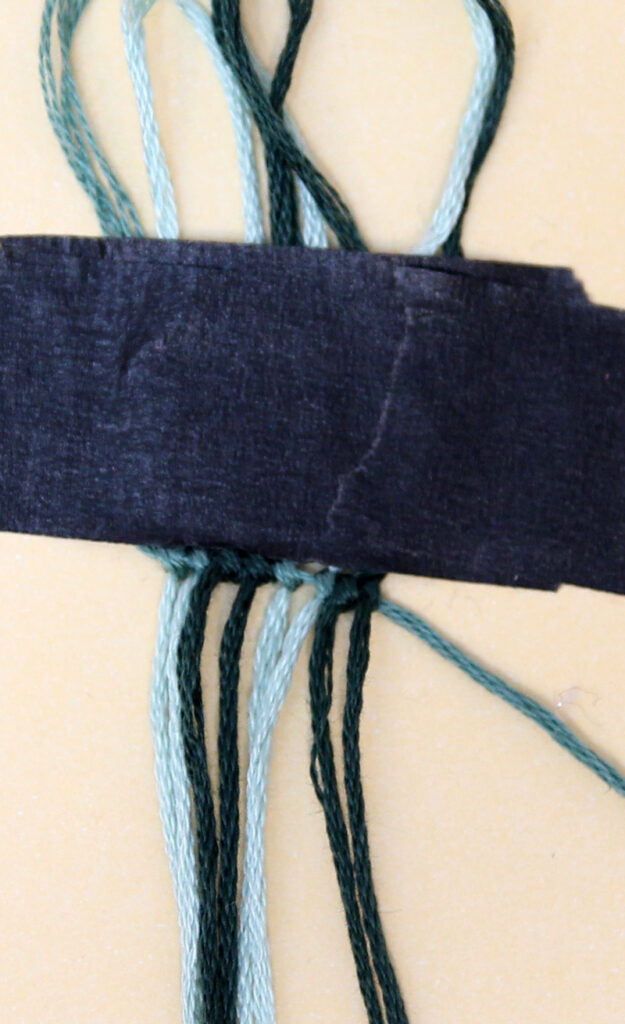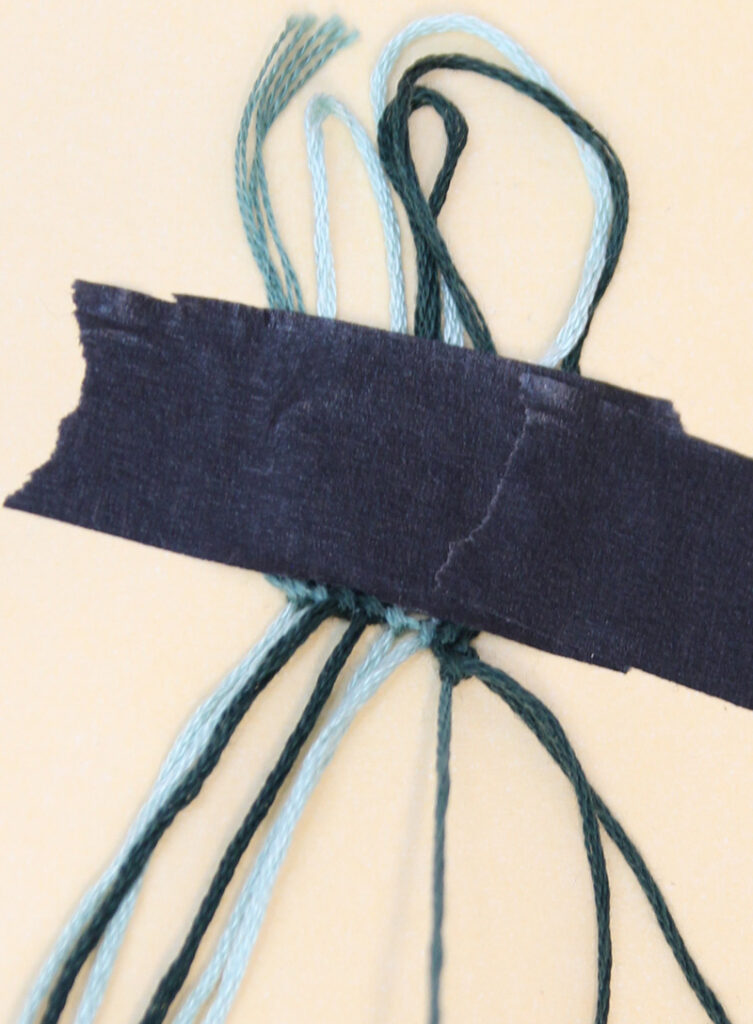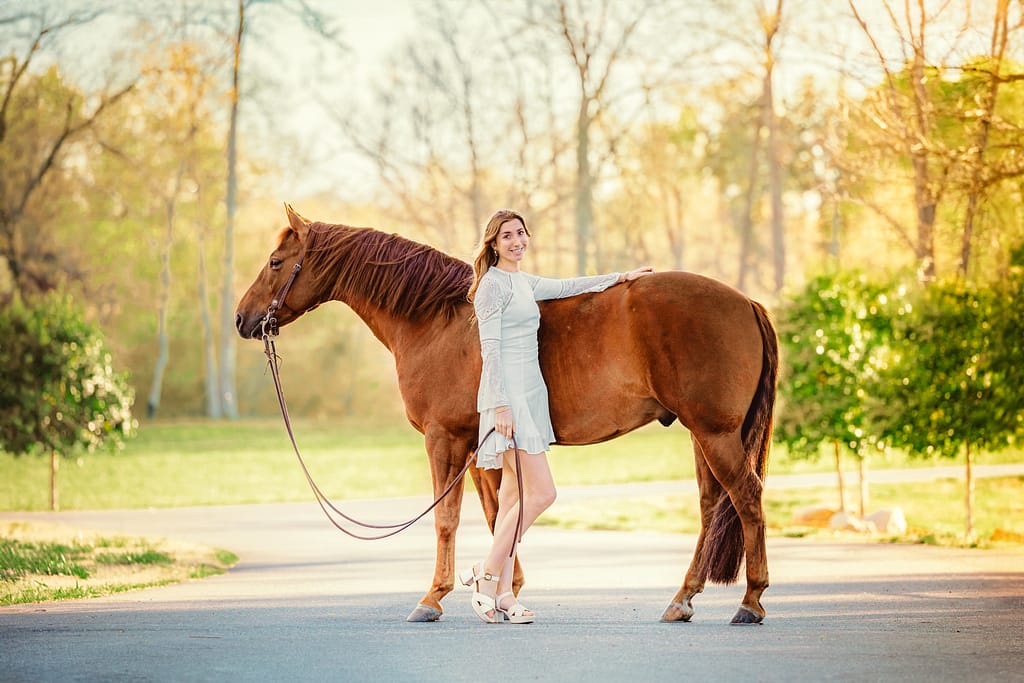
I’m so excited to teach you how to make a buffalo plaid bracelet with this friendship bracelet pattern! When you’re done, try making heart patterned friendship bracelets too. This post contains affiliate links.

This buffalo plaid bracelet pattern is not your childhood friendship bracelet! It’s sophisticated, modern, and oh, so cool – the perfect fall or winter jewelry accessory!
The idea popped into my head the other day: I MUST figure out how to make a buffalo plaid friendship bracelet! And so started a month long process.
First, despite my huge stash of strings, I simply did not have the correct colors.
Then, the original process didn’t quite cut it. And then finally, I LOST one of the bracelets I had worked on for a long time!!


I’m really excited to finally sharing with you this buffalo plaid friendship bracelet pattern.
This bracelet uses an alpha pattern with a running string that is used in every single knot and runs from left to right and then to left again.
It’s not an easy bracelet really, since you’re working with long strings and constantly switching off, however the concept is very simple with a basic set of rules that’s easy to remember.
One of my favorite features of this buffalo plaid bracelet is that it looks fabulous on both sides!! The back takes on a basket-weave look and is quite beautiful as well.

The textile look of this bracelet is so much more sophisticated than your typical friendship bracelet and makes it a fabulous fall or winter accessory.

I tried making it in three color schemes that are relatively neutral: tans, muted reds, and olive greens. You can also make it in very seasonal colors: bright red or green, pink, blue.
As long as you choose the correct color combo, it’ll look fab – and I offer tips on that below, so you’ll get it right!

How to Make a Buffalo Plaid Bracelet
While I do outline step by step instructions below, I want to summarize the process for those of you who might be more skilled. I also share some of the crafting tips and decision making process that makes a big difference to the final bracelet here, so definitely skim it, even if you’re not a pro!
Choosing your colors
Color choice is EVERYTHING when making a buffalo plaid bracelet!
Just like when I created a 3d zig zag friendship bracelet and a 3D diamond friendship bracelet pattern, the color creates the effect. This might not be 3D but choosing the right colors is what makes it look like a Buffalo plaid bracelet.
You want a dark (which can be black, brown, charcoal gray), a light (which could be white or tinted), and a medium (a brighter color, can be more dull, as if it has some black in it.)
You can also use bright, dulled, and black as your light, medium, and dark.


If you look at classic Buffalo plaid, it often has a very bright “light”. That’s okay, as long as you can get a good medium for it. I purchased my strings individually in-store (at Michaels) from open-stock embroidery floss for this bracelet. This way, I could lay it out and choose.
DMC Colors I used (dark to light):

The Basic Rules to Making a Buffalo Plaid Bracelet
To make a buffalo plaid bracelet, you do NOT need to sit with an actual pattern in front of you. Remember to follow these basic rules:
- You’re creating 4×4 squares of each color of knot.
- The medium color moves throughout the bracelet and is involved in each knot – either it’s being knotted or knotted around.
- You have alternating mediums in each row, but dark or light in every other row. And medium should never be on top of medium – it should always be under dark or light.
- Whether you knot the medium or around the medium depends where in your pattern you’re up to – a light row or a dark row.


And that pretty much sums up the rules of making a buffalo plaid bracelet! See? No pattern needed! But I’ll give you one anyway.
Buffalo Plaid Bracelet Pattern Summary (for pros)
This is for those of you who just want the process in brief, without step-by-step photos. There is a printable version at the end of this post.
Cut strings: Light: 72 inches, cut 2; Dark: 72 inches, cut 2; Medium: about 13 feet (or half a skein)
Arrange strings: Medium single, Light doubled over, Dark doubled over, Light doubled over, Dark doubled over. You have a total of nine working strands.
Knots used: Forward, backward.
Row 1: Work this row left to right. Make sure that with each knot the medium one moves one to the right. Forward knot medium around light, then light. Backward knot dark around medium. Backward knot next dark around medium. Forward knot medium around light and again around the next light. Backward knot dark around medium and again with the next dark.
Row 2: Work this row right to left. Make sure that with each knot the medium one moves to the left. Mimic the row before: each knot should be the same as the one above. Forward knot dark (the one you just used) around medium. Forward knot next dark around medium. Backward knot medium around light and again around light. Forward knot dark around medium and next dark around medium. Backward knot medium around light and then the next light.
Row 3: Work this row left to right. Make sure that with each knot the medium one moves one to the right. Backward knot light around medium, then the next light around medium. Forward knot medium around dark, and then medium around the next dark. Backward knot the following light around medium, and again with the next. Forward knot medium around the next dark, and then the next.
Row 4: Work this row right to left. Make sure that with each knot the medium one moves to the left. Mimic the row before: each knot should be the same as the one above. Backward knot medium around dark, and again around dark. Forward knot the next light around medium, and same with the next light. Backward knot medium around the next two dark (separately). And then forward knot the next two lights (individually) around medium.
Repeat these four rows until your bracelet is complete!


Starting and finishing your bracelet
When it comes to classier friendship bracelets like this one, I like to give it that kind of respect. Therefore, I used the ribbon crimp method to finish this off.
This not only gives it a polished “real jewelry” touch, but it also allows it to be taken on and off more easily. It also makes it fabulous to stack with real jewelry. Simply make sure to get the correct size crimp. This will depend in part on the size of your string and the tension of your knots. I purchased this package which has a few sizes that are close enough that you have what to choose from.


There are more traditional ways to finish this off – you can read how to start and finish a friendship bracelet.
Step by Step Tutorial for a Buffalo Plaid Friendship Bracelet
Supplies needed
Starting your bracelet
1. Cut your string as follows: Light: 72 inches. Cut two of these and fold each in half. Dark: 72 inches. Cut two of these and fold each in half. Medium: 13 feet. It can be hard to work with a very long string, so you may want to wrap it around a scrap of cardboard with wider ends, to make a mini skein.
2. Arrange your strings as follows: Medium single, Light doubled over, Dark doubled over, Light doubled over, Dark doubled over. You have a total of nine working strands.

Tape them down with a bit of tape. I found it best to start this bracelet flat and NOT with a knot. It’s just clearer. To do this, I started it taped in order (closer than pictured) to a surface. after one round, I was able to remove it from the surface. You can also simply lay it on a flat piece of tape in order, and place another piece of tape on top, if you prefer not to work attached to a surface.
Knotting your bracelet
To make this, you NEED to know how to make forward and backward knots. It’s not really a total beginner bracelet (although it’s not very complex.) If you don’t yet, first learn how to make a friendship bracelet and then come back to this tutorial.
Rule: you’re always moving your ONE medium colored string along to the next knot.
Row 1:
Work this row from left to right, moving your medium string along to the next position with each knot.
1. Start with your left (medium) string. Forward knot it around the string to its right (light) and pull tight.


2. Forward knot the same (medium) string around the next light to the right.

3. Backwards knot the next string to the right of your medium (dark) around the medium. The next string to the right will again be a dark. Backward knot it around your medium.

4. Repeat steps 1-3 with the next four strings. Forward knot your medium around the light to its right. You’ll have another light to its right so forward knot medium around it. The next string is a dark so backward knot the dark around the medium and repeat with the next dark.

Row 2:
Row two needs to look exactly like row one, only you’re working from right to left since your medium string is at the right.
5. Forward knot the dark to the left of your medium around your medium. This IS the string you just worked with.

6. Forward knot the next dark around medium.

7. Backward knot medium around the right to the left of it. Repeat with the next light that’s now to the left of it.

8. Repeat: Forward knot dark around medium, forward knot dark around medium, backward knot medium around dark, and backward knot medium around dark until you’re back at your starting point and your original string order.

Rows 3 & 4:
Row 3 works left to right, moving the medium along as you did before and row 4 mimics row 3, working from right to left.
9. Backward knot light around medium. Repeat with the next light to the right: backward knot around medium.

10. Forward knot medium around dark. Forward knot medium again around the next dark.

11. Repeat: Backward knot light around medium, and the next light around medium. Forward knot medium around dark, and then around the next dark.

12. Repeat row 3 working from right to left. Backwards knot medium around dark, medium around dark. Forward knot light around medium, light around medium. Backwards knot medium around dark, medium around dark. Forward knot light around medium, light around medium.

Repeat this process until your bracelet is almost long enough to wear! Leave an inch for the clasp and crimps.
Finishing it off
13. Carefully remove the starting tape and hold your strings so that they form a row no wider than the width of your bracelet. Place a thin line of hot glue where the strings end. Repeat on the finishing point of your bracelet. When the hot glue is totally dry, flip it over and repeat on the back .

14. When your hot glue is dry on both sides, attach a ribbon crimp to each end. Attach a clasp and connector to your ribbon crimp. Your buffalo plaid bracelet is complete!


I hope you love your gorgeous buffalo plaid friendship bracelet and wear it all year long! Which color combination will YOU try? Comment below!










